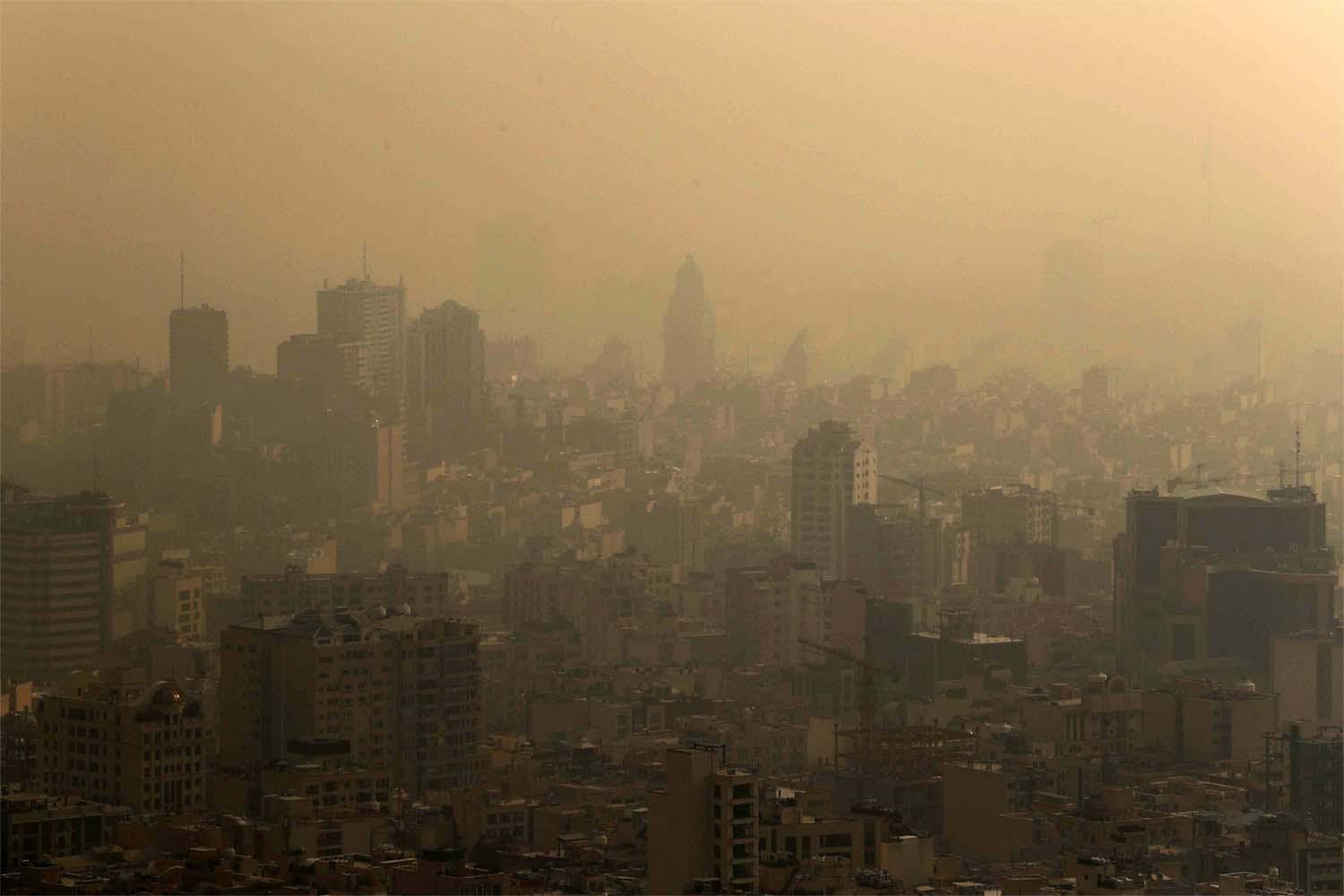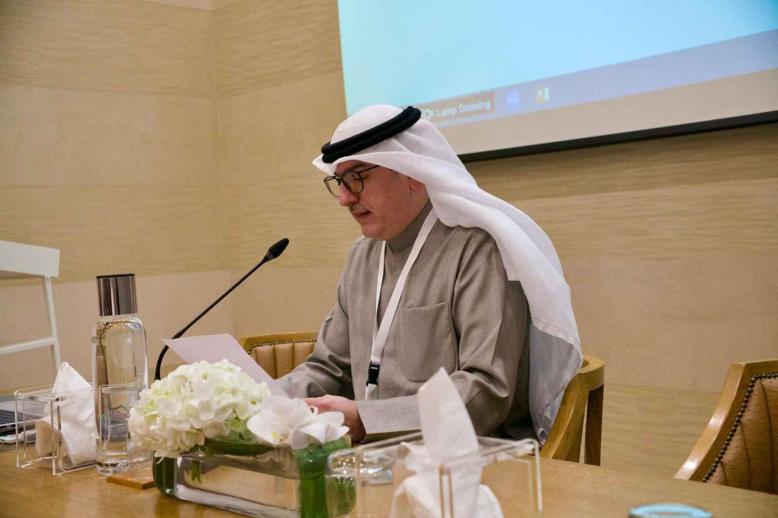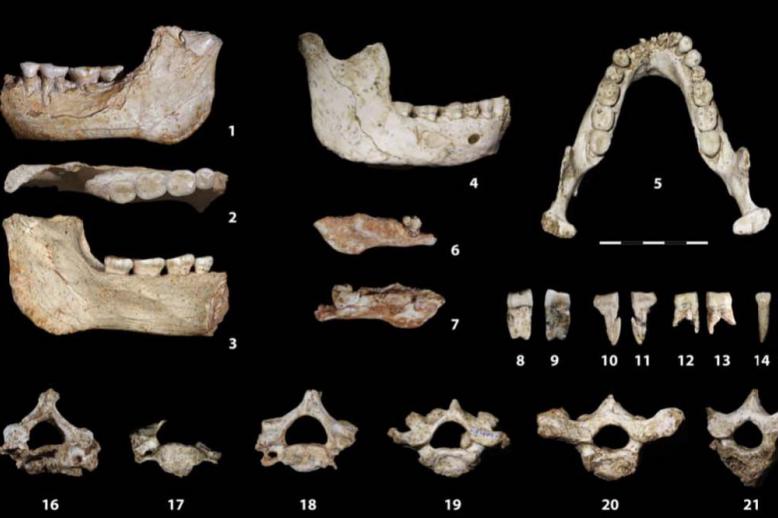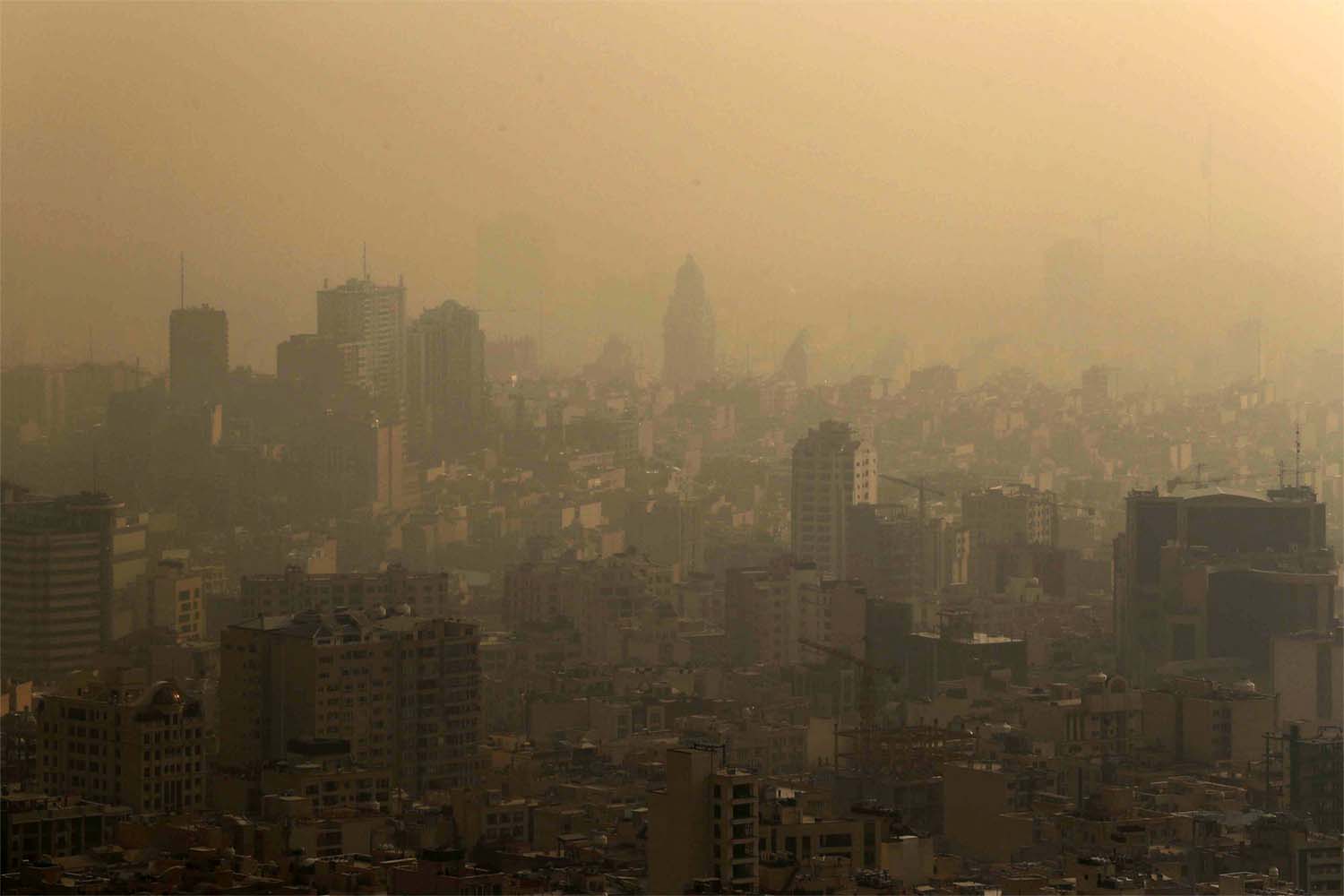Toxic smog; an 'air pollution catastrophe' in Iran
LONDON - In Iran this winter, hospital emergency rooms have been full, schools regularly closed, and many people unable to work or even leave their homes due to toxic smog, which a leading United Nations expert is calling an "air pollution catastrophe".
Dirty air is a chronic problem in Iran. Many of its cities including Tehran regularly rank among the world's most polluted, due to emissions from millions of older vehicles on the roads, and from refineries, power plants, and factories.
About 40,000 people nationwide die each year due to health problems linked to air pollution, from respiratory infections and lung cancer to heart attacks, according to the Air Pollution Research Center at the Tehran University of Medical Sciences.
However, environmental experts say the situation is deteriorating as the country burns ever-larger quantities of mazut “a low-quality and highly-polluting fuel” to sustain its power plants during a natural gas shortage.
Burning mazut emits toxic gases such as sulphur dioxide, and can contribute to severe illness and premature death, according to health experts.
"Iran is in the middle of an air pollution catastrophe with astronomically high levels of particulate matter (PM) in the air," said David Boyd, the United Nations special rapporteur on human rights and the environment.
The smallest form of PM pollution, known as PM2.5, is considered the most toxic.
In December, daily PM2.5 levels in Iran's capital were consistently recorded as dangerously high, with the Tehran Air Quality Control Company issuing several red alerts, the country's semi-official ISNA news agency reported.
Iranian environmental experts and local media attributed the high particulate levels in part to the increased burning of mazut.
Boyd and other environmental analysts and academics have criticised Iranian authorities for what they consider weak rules governing industrial and vehicle emissions, and poor enforcement of air-quality-related laws and regulations, such as the 2017 Clean Air Law to prevent air and noise pollution.
For example, the UN rapporteur said Iran's interior ministry had last month considered weakening its air quality standards to ensure schools remained open after several closures in the preceding weeks due to high pollution levels.
"This is a completely inappropriate response to this crisis," Boyd said in a video call.
Boyd also said it was "ironic" that Iran was facing natural gas shortages - given its vast oil and gas reserves as the country exports more fossil fuels.
Iran's Department of Environment did not respond to requests for comment. Authorities in Iran have historically blamed U.S. sanctions for a lack of state spending on environmental issues.
Full hospitals
Hospitals in Tehran have been reporting full capacity at emergency wards, and, in January, a spokesperson for the city's emergency services told ISNA that about 18% of new patients in the previous months suffered from respiratory or heart problems.
The spokesperson was reported as saying that more people were arriving with air pollution-related ailments as the smog worsened.
"I have been in and out of hospitals for three weeks with chronic nausea and dizziness," Saeed, the 35-year-old owner of a technology company, said via text messages from his home in Tehran. He asked for his surname to be withheld for fear of reprisals from authorities.
Saeed said he had been diagnosed with a lung infection from inhaling polluted air, having spent an entire month's salary on X-rays and blood tests.
"I couldn't go to work for 21 days and lost a lot of money and time," he said, noting he had been strongly advised against leaving the house while he recovered.
A dense city of more than 18 million people, Tehran is particularly vulnerable to smog due to its high altitude and the surrounding Alborz mountains that trap polluted air.
Winter temperatures can exacerbate the problem as cold air prevents the smog from rising.
A 2018 World Bank report called Tehran's air "among the most polluted in the world", and noted improving the problem would not be simple with increasing population growth, industrial development and urbanisation, and fuel consumption.
Death and illness caused by air pollution are estimated to cost Iran $2.6 billion a year, the World Bank found - but the figure does not take into account things like reduced agricultural productivity or lost school days.
Between March 2021 and March 2022, the number of deaths attributed to sustained exposure to PM2.5 particles rose by at least 87% compared to the previous year, a health ministry official told ISNA in November. The exact number of deaths was not reported.
Vahid Hosseini, who was the managing director of Tehran's Air Quality Control Company from 2013 to 2018, said that while air pollution in Tehran was bad previously, the burning of mazut was making the situation unsustainable and the capital risked becoming unliveable.
"People are dying prematurely by the thousands and mortality and morbidity is high," said Hosseini, now an associate professor of sustainable energy engineering at Simon Fraser University in Canada.
Violation of human rights?
Last year, the UN General Assembly passed a resolution declaring access to a healthy environment - including clear air - a human right.
More than 160 countries voted in favour of the non-legally binding resolution, but eight nations abstained, including China, Russia and Iran.
Kaveh Madani, former deputy head of Iran's Department of Environment, said it would be unrealistic to expect the government to regard air pollution and environmental degradation as a violation of human rights.
"The Islamic Republic of Iran neither respects the health of its environment nor the lives of its people," said Madani, now a research professor at City College of New York, in a telephone interview.
While Iran's recently-announced budget for 2023 grew by 40% compared to last year, spending on tackling air pollution nearly halved - to about $3 million under the country's official exchange rate - according to government documents.
"(The) Clean Air Law was the result of global expertise and domestic experience ... its enforcement requires the necessary budget," Masoumeh Ebtekar, who headed Iran's Department of Environment from 1997 to 2005, said on Twitter last month.
"Why has it been halved as we hit records in pollution intensity?"
Erik Solheim, executive director of the UN Environment Programme (UNEP) between 2016 and 2018, said the environment needed to come much higher on the political agenda in Iran - and that every government should put the issue centre stage, regardless of political circumstances.
"The right to a clean environment and a healthy life is a core human right and dying prematurely from air pollution is an infringement on central human rights," Solheim said.
Air pollution costs the world $8.1 trillion a year, or 6.1% of global gross domestic product, causing between 6 to 9 million deaths, according to a 2022 Institute for Economics and Peace report.
Tehran-based documentary filmmaker Yan said spending time outside when pollution levels were high now felt dangerous, and that he had no faith the government would address the issue.
"When I inhale, I am breathing in poison. When I exhale, I am coughing up dirt," Yan, 30, who only gave his first name for fear of backlash from the authorities, said via text messages.
"(The government) won't prioritise the issue, even if every last one of us dies from breathing this dangerous air," he said.






